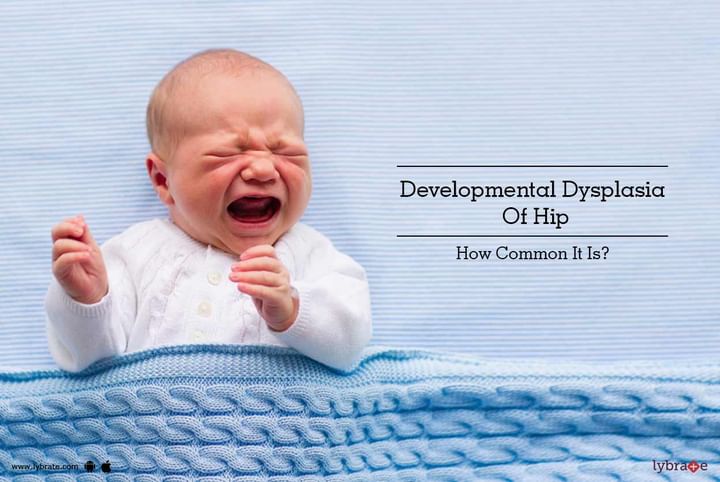Developmental Dysplasia Of Hip - How Common It Is?
What is Developmental Dysplasia of the Hip?
Developmental dysplasia of the hip or DDH, is a condition that affects the hip joint in newborns and young children. The hip is like a ball-and-cup, formed by the round top of the thigh bone - called the femur - and a cup-shaped socket in the pelvis. The hip joint is stable in spite of its large range of motion and is kept in place by ligaments and other soft tissue structures. The normal infant hip is not mature at birth but develops into a strong and stable joint as the child grows.
What happens in hip dysplasia?
In DDH, the hip does not develop normally as the cup and ball are either partially or completely out of alignment. DDH can vary from mild to severe depending on whether the cup is shallow, soft tissue structures are lax or a combination of all. These problems may cause the hip to become unstable, and even come out of the joint. This is known as a dislocated hip and is believed to occur in around one in 1000 infants. One or both hips can be affected. DDH isn't painful in babies and young children. Untreated DDH can result in limping in young children. This can progress to hip pain and arthritis at a later date.
How common is it?
DDH is more common in girls and first-born children. It's more likely to occur if there's a family history or if the baby was breech. Swaddling or wrapping a baby's legs too tightly can also lead to DDH. Certain traditional practices like wrapping the children, etc. are known to increase the risk, while carrying them with limbs separated apart is known to decrease the risk of dysplasia. All newborns should have both hips carefully examined by a health professional.
Treatment options
Treatment depends on the child's age and the severity of the condition. Young babies with confirmed DDH are usually treated in a brace or harness that holds the legs apart. This helps the hip socket to deepen and the hip to become stable with growth. Regular monitoring of the hip position is necessary to ensure good outcomes. Surgery may be necessary if brace treatment is unsuccessful, or if a hip dislocation is first noticed when the child is older.
What is the long-term outlook?
Most infants who are diagnosed and treated early do not have any hip problems in later life. Earlier the diagnosis and treatment, the better the outcome, as late diagnosis often requires surgical treatment and can mean a higher likelihood of ongoing hip problems.
In case you have a concern or query you can always consult an expert & get answers to your questions!



+1.svg)
